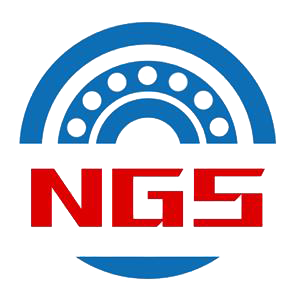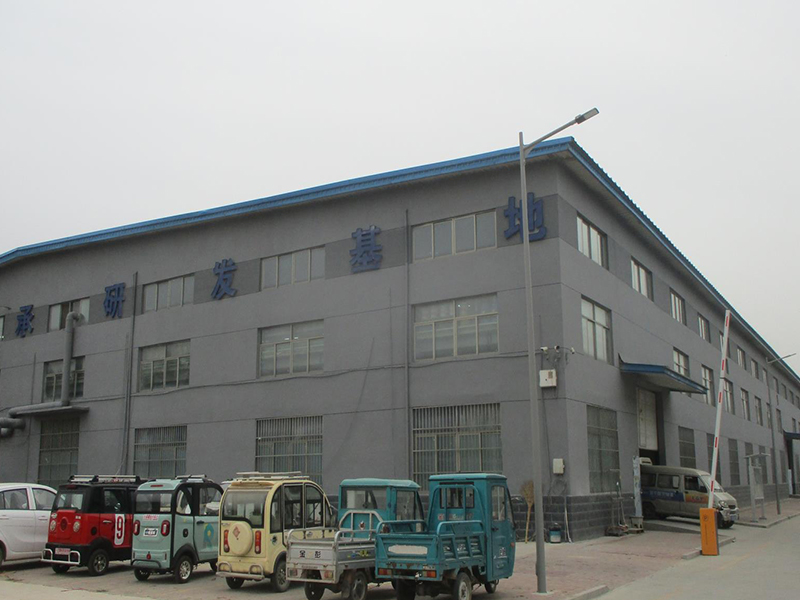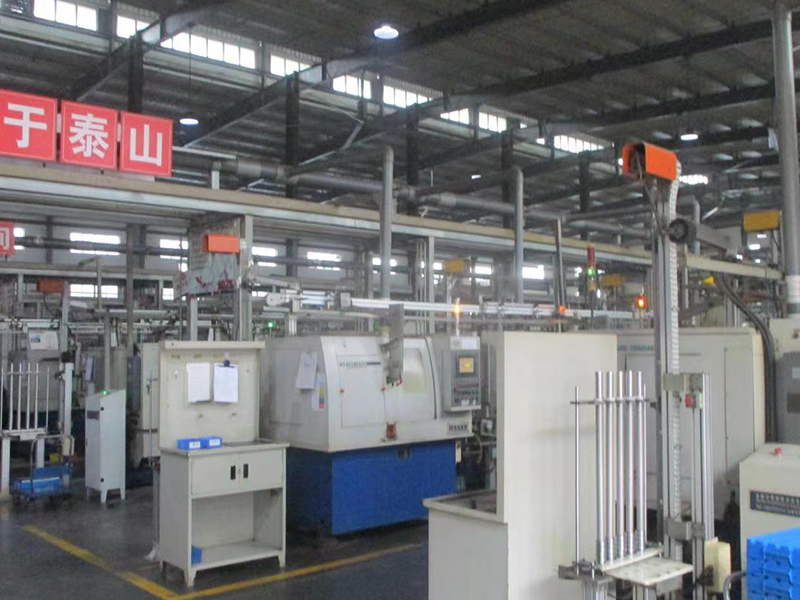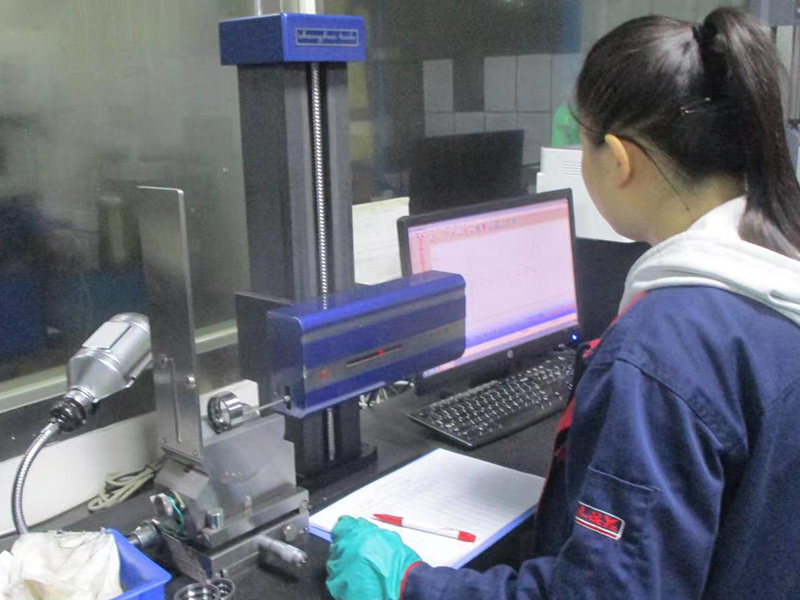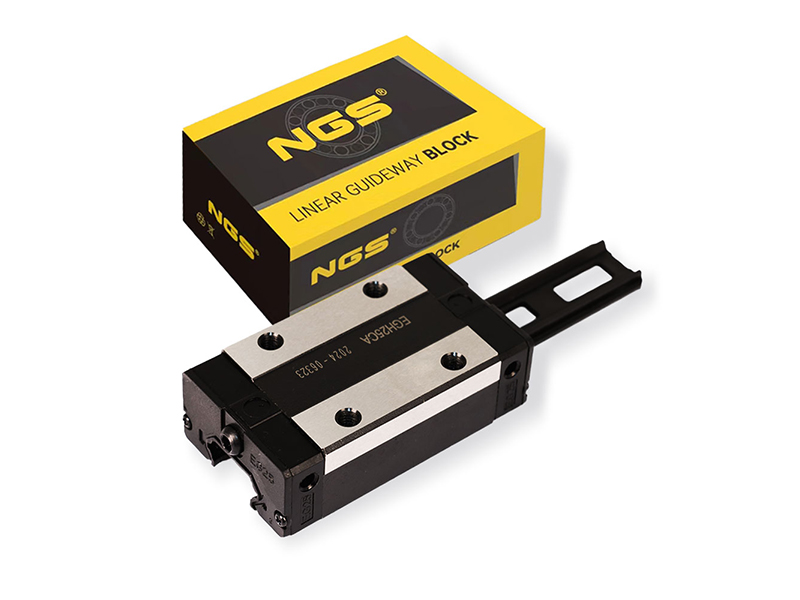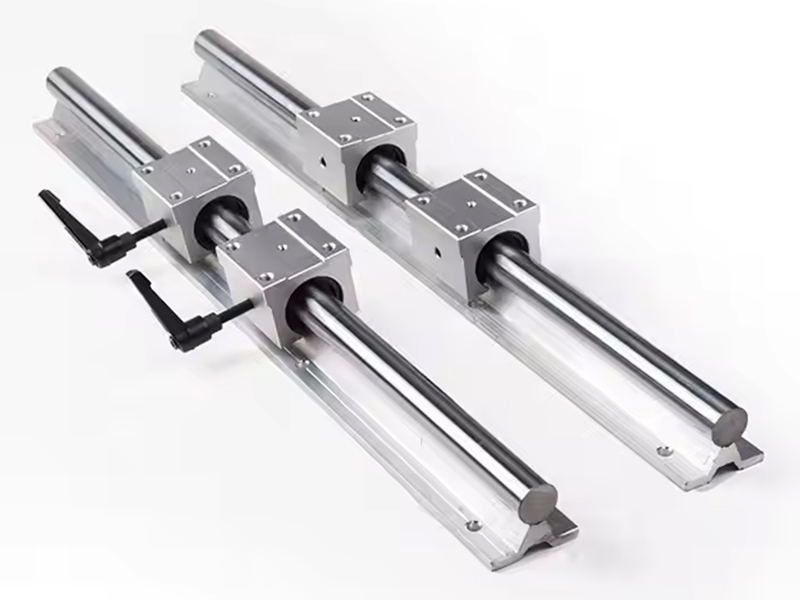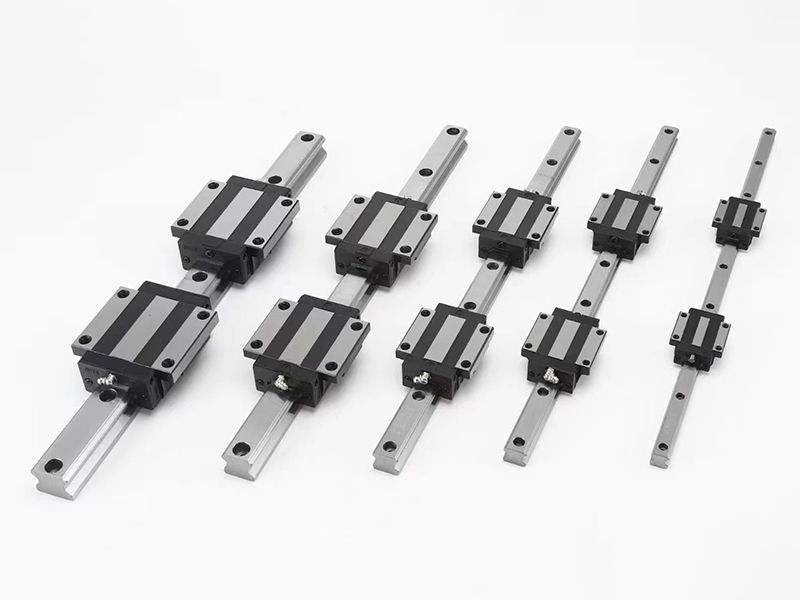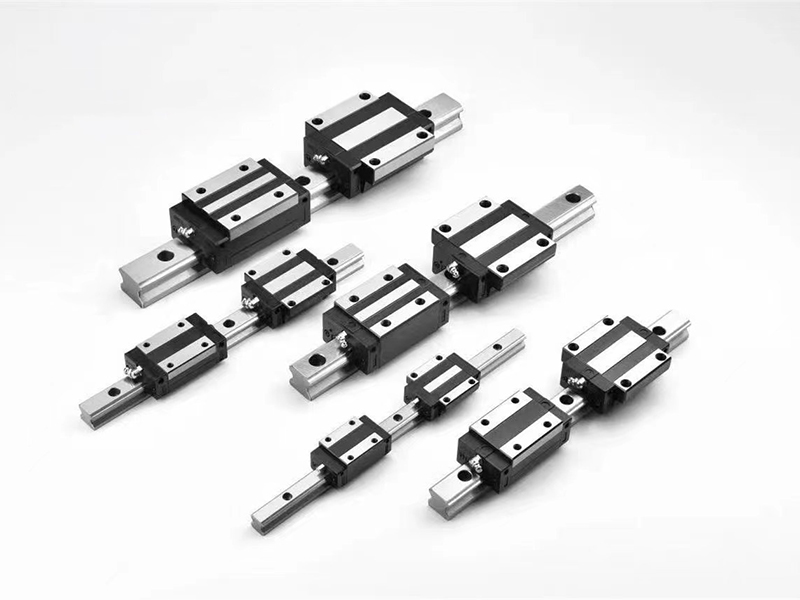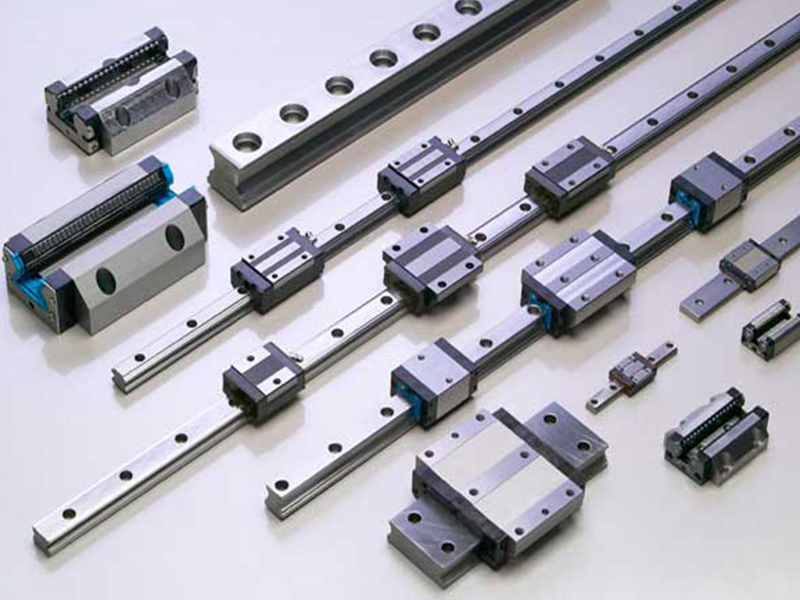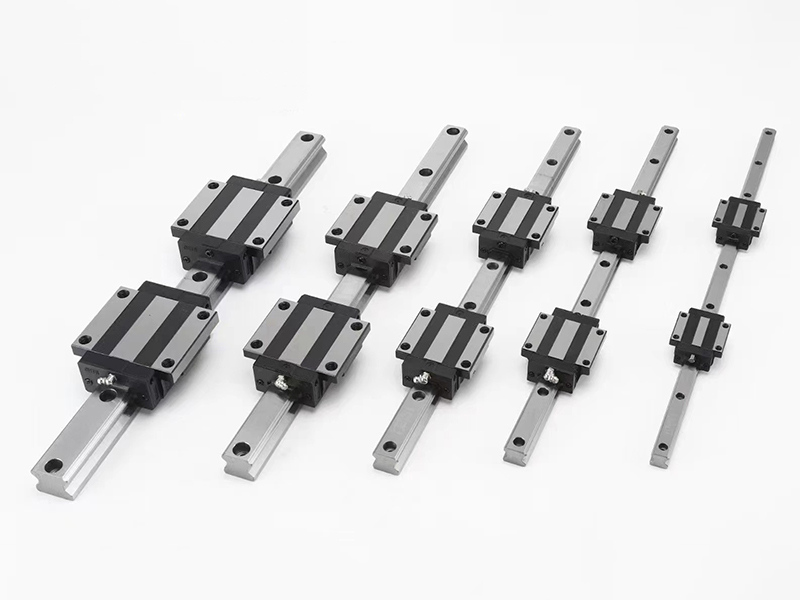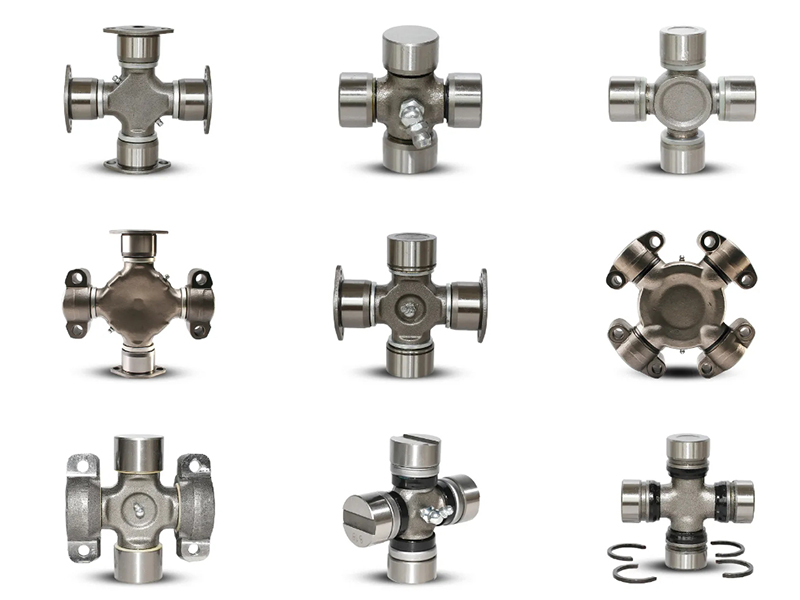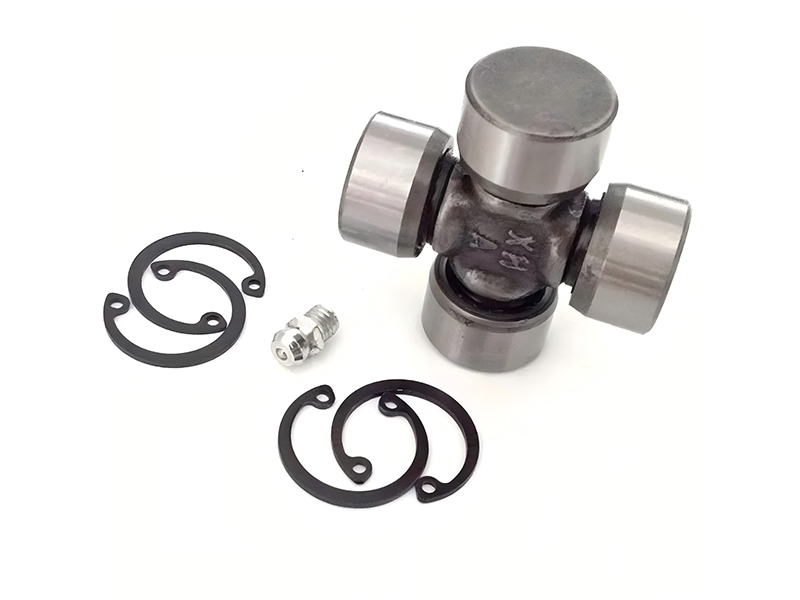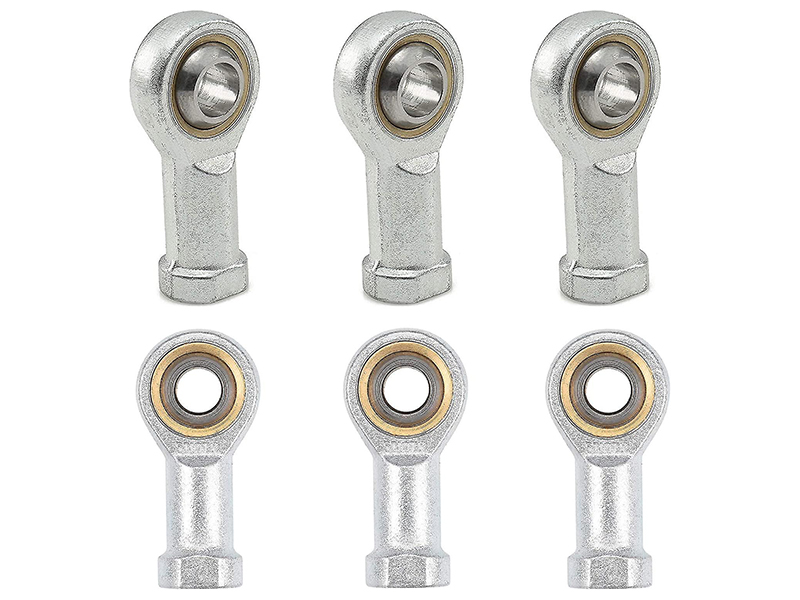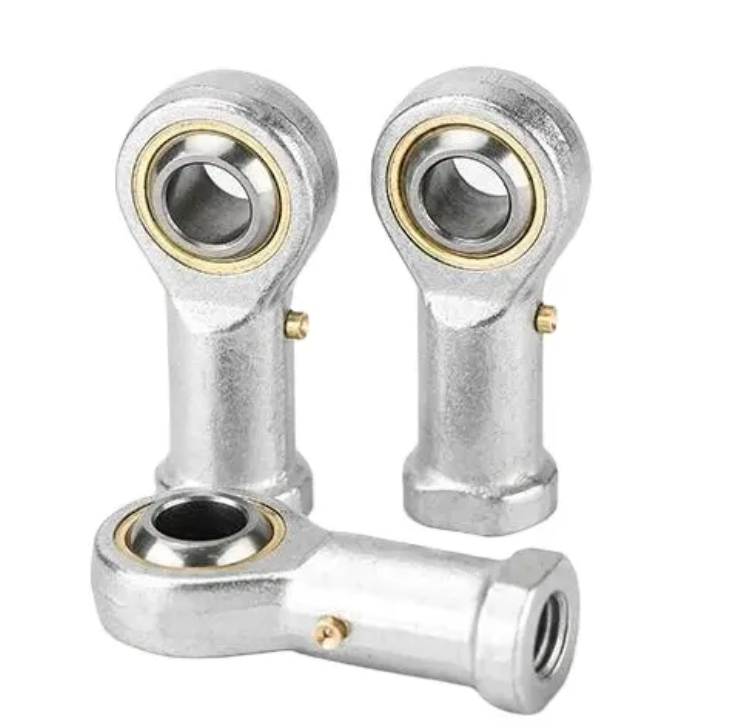This article provides an in-depth exploration of ultra-quiet linear guide blocks, examining their technological principles, advantages, and applications. With noise reduction being a critical factor in advanced manufacturing, medical, and semiconductor equipment, this analysis covers the design innovations, manufacturing techniques, and performance benefits that make these components essential for high-precision applications.
1. Introduction: The Critical Role of Silence in Precision Engineering
In today's industrial automation, performance metrics have evolved beyond speed, accuracy, and load capacity to include operational noise, vibration levels, and cleanliness. Linear guide blocks, as core components in precision machinery, directly influence overall equipment performance. Noise generated by traditional Linear guide blocks is not only an environmental concern but also an indicator of excessive vibration and potential wear.
Key sectors demanding low-noise solutions include:
Medical Equipment: Surgical robots, MRI, and CT scanners require quiet operation to ensure patient comfort and clinical accuracy.
Semiconductor Manufacturing: Lithography systems and wafer inspection tools are highly sensitive to micro-vibrations that can impact yield.
Precision Metrology: Coordinate Measuring Machines (CMMs) and optical inspection systems require minimal self-induced vibration for reliable measurements.
Cleanroom Applications: Low noise must be coupled with minimal particle emission to maintain contamination-free environments.
Office and Consumer Electronics: High-end printers and 3D printers benefit from noise reduction to enhance user experience.
Ultra-quiet linear guide blocks have transitioned from optional enhancements to essential components, reflecting the industry's shift toward human-centric, sustainable, and ultra-precision manufacturing.
2. Noise Generation Mechanisms in Linear Guides
To achieve effective noise reduction, it is essential to understand its root causes:
2.1 Structural Vibration Noise
This is the primary noise source. Micro-impacts caused by:
Manufacturing Tolerances: Linear guides' surface imperfections in raceways, ball size variations, and geometric inaccuracies.
Load Variations: Sudden force changes as balls enter/exit load zones.
Inherent Design Limitations: Ball-to-ball collisions in traditional recirculation linear guides systems.
These vibrations transmit through the linear guide blocks, linear guides rail, and machine structure, radiating as low- to mid-frequency noise.
2.2 Aerodynamic Noise
At high speeds, turbulent airflow and grease agitation in return channels generate mid- to high-frequency "hissing" sounds.
2.3 Friction Noise
Sliding contact between balls, retainers, and seals can produce high-frequency squealing or scraping, especially under poor lubrication.
3. Core Technologies for Noise Reduction
Leading manufacturers employ multi-faceted approaches to address these noise sources:
3.1 Source Control: Raceway and Ball Optimization
Precision Raceway Profiling: Logarithmic or multi-radius raceway profiles optimized via dynamic simulation ensure uniform stress distribution and smoother force transition.
Super-Precision Ball Matching: Using Grade 3 (or higher) balls with diameter variations controlled within 0.1µm to prevent periodic vibration.
3.2 Path Isolation: Advanced Retainer Systems
Polymer Composite Retainers: Engineering plastics (e.g., POM, PEEK) with high damping coefficients isolate balls, eliminating collision noise and absorbing vibrations.
Full Ball Separation: Individual ball pockets prevent ball-to-ball contact, a key innovation for noise reduction.
3.3 Fluid Dynamics Optimization
Low-Noise Return Channels: CFD-optimized helical channels with mirror finishes (Ra ≤ 0.05µm) minimize turbulence.
Specialized Quiet Grease: Synthetic lubricants with noise-damping additives maintain stable film integrity across speed and temperature ranges.
3.4 Cleanliness and Reliability
Low-Outgassing Materials: Non-metallic components certified to ASTM E595 for vacuum/cleanroom use.
Cleanroom Assembly: Class 100 (ISO 5) environments prevent particle contamination.
Advanced Sealing: Multi-labyrinth seals combine effective contamination exclusion with low friction.
4. Benefits of Ultra-Quiet Linear Guide Blocks
4.1 Enhanced Product Value
Quiet operation becomes a competitive differentiator in premium equipment markets.
4.2 Improved Working Conditions
Compliance with occupational health regulations (e.g., OSHA, EU directives) demonstrates corporate responsibility.
4.3 Increased Reliability and Service Life
Reduced vibration slows wear on guide systems and adjacent components, extending machine lifespan.
4.4 Higher System Accuracy
Low vibration levels provide a stable base for sensitive encoders and measurement systems.
4.5 Lower Total Cost of Ownership (TCO)
Longer service intervals and higher productivity offset initial investment costs.
5. Application Scenarios
5.1 Medical and Life Sciences
Surgical robots: Ensuring quiet, vibration-free motion for precision procedures.
Diagnostic imaging: Providing smooth, silent movement for patient tables and gantries.
5.2 Semiconductor and Electronics
Lithography steppers: Enabling sub-nanometer precision by minimizing stage vibration.
Wafer handling robots: Reducing noise and particle generation in cleanrooms.
5.3 Precision Metrology
CMMs: Enhancing measurement repeatability by eliminating internal vibration.
Optical inspection systems: Improving image clarity through stable positioning.
5.4 Other High-End Applications
Machine tools: Achieving superior surface finishes in fine machining.
Packaging machinery: Meeting hygiene and noise standards in pharmaceutical and food industries.
6. Selection Guidelines
6.1 Quantifiable Noise Data
Request third-party test reports under standardized conditions (load, speed, distance).
6.2 Technology Focus
Prioritize designs with polymer retainers, optimized raceways, and dedicated quiet grease.
6.3 Cleanroom Compatibility
Verify ISO 14644-1 cleanliness ratings and outgassing certifications for sensitive environments.
6.4 Cost-Performance Balance
Evaluate noise reduction against other parameters (load capacity, speed, accuracy) based on application priorities.
6.5 Supplier Capability
Assess technical support, CAD model availability, lead times, and global service networks.
7. Future Trends
Smart Guides: Integrated sensors for real-time vibration/noise monitoring and predictive maintenance.
Material Advances: Nano-composites with superior damping and wear resistance.
System-Level Integration: Pre-assembled quiet linear modules incorporating motors and drives.
Conclusion
Ultra-quiet linear guide blocks represent a convergence of advanced materials, precision engineering, and noise control technologies. As industries continue to prioritize precision, cleanliness, and human factors, these components will play an increasingly vital role in enabling the next generation of high-performance equipment. For machine builders, understanding and adopting these technologies is key to maintaining a competitive edge in demanding global markets.
